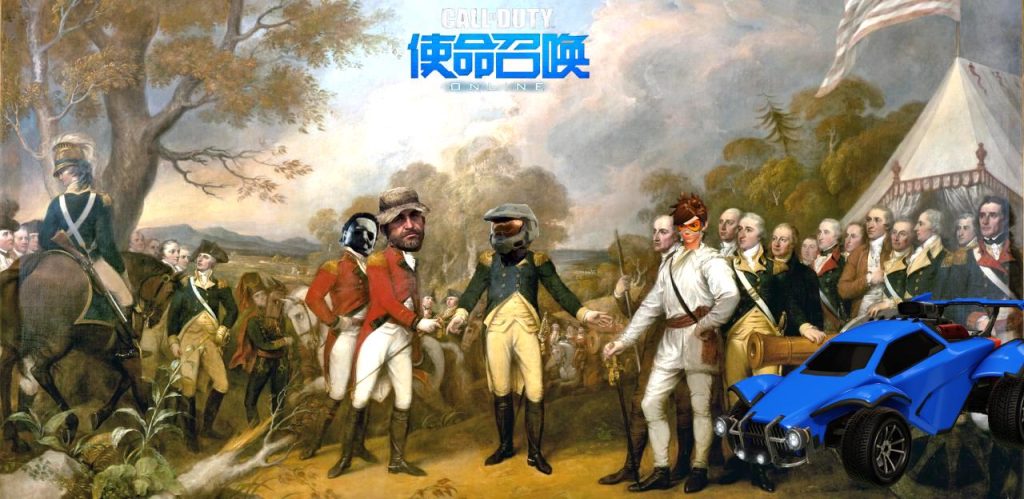
At 350 million monthly active users (MAU), Roblox boasts a user base rivaling the combined size of Steam, Xbox Live, and PlayStation Network. However, this impressive engagement comes hand in hand with an exorbitant 70-80% platform tax. In any case, Roblox is too big to ignore. Its bigness forces Roblox and non-Roblox developers to grapple with a pivotal choice: to depart from or align with the platform. Roblox departers jeopardize the very audience responsible for their success, while Roblox-joiners scoff at the prospect of surrendering nearly 80% of their revenue to the platform. But there’s a third door, a Micheal Scott win-win-win, where players, Roblox, and developers win. It’s time for Roblox SKUs.
(more…)




